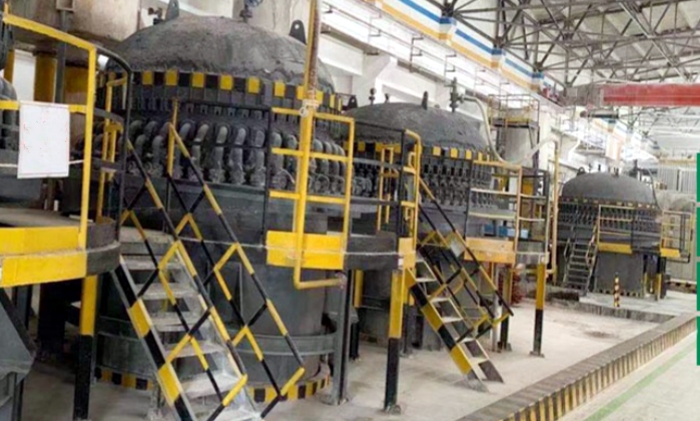n numerous sectors of industrial production, alumina leaf filter cloth is a vital component, serving as a crucial filtration media. It directly impacts the quality and yield of alumina products, also influences on the efficiency and environmental performance of the production process.

Basic Characteristics of Alumina Leaf Filter Cloth
Alumina leaf filter cloth is a specially designed filter material for leaf filters in the alumina production process. It generally possesses the following characteristics:
1. Corrosion Resistance: The alumina production process frequently comes with strong acids, alkalis and other corrosive media. Therefore, it is essential that the filter cloth has excellent corrosion resistance.
2.High Strength: The filter cloth must withstand significant mechanical stress during high-pressure, high-speed filtration processes.
3.Good Air Permeability: Excellent air permeability ensures rapid passage of the filtrate, improving filtration efficiency while reducing energy consumption.
4. Easy to Clean and Regenerate: Aluminium oxide particles are fine, tending to make the cloth clogged. Therefore, the filter cloth must be easy to clean and still maintain good filtration performance after repeated use.
Usage and Maintenance of Alumina Leaf Filter Cloth
1. Installation and Commissioning: Before installing the filter cloth, it is essential to thoroughly clean the leaf filter to guarantee that no impurities remain. During the installation process, it is important to ensure that the filter cloth is flat and secure to prevent wrinkles or slackness. During the commissioning, the filtering parameters should be adjusted gradually until the optimal filtering effect is achieved.
2. Routine Inspection: Regular inspections of the filter cloth to monitor for abrasion, changes in air permeability, and potential blockages. Any abnormalities should be addressed promptly to prevent any impact on production.
3. Cleaning and Regeneration: A suitable cleaning plan should be adopted based on the production conditions. It is important to select appropriate cleaning agents and methods to avoid damaging the filter cloth. For a severely clogged filter cloth, it may be necessary to employ chemical cleaning or high-pressure water jet cleaning for regeneration.
4. Replacement and Storage: Replace the filter cloth when it has reached the end of its service life or cannot be regenerated. It is important to store replacement filter cloths, protected from the sun, rain and mechanical damage, to facilitate subsequent processing or recycling.